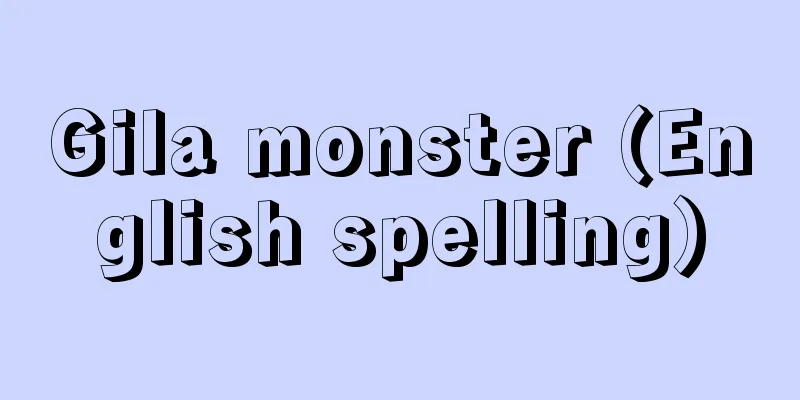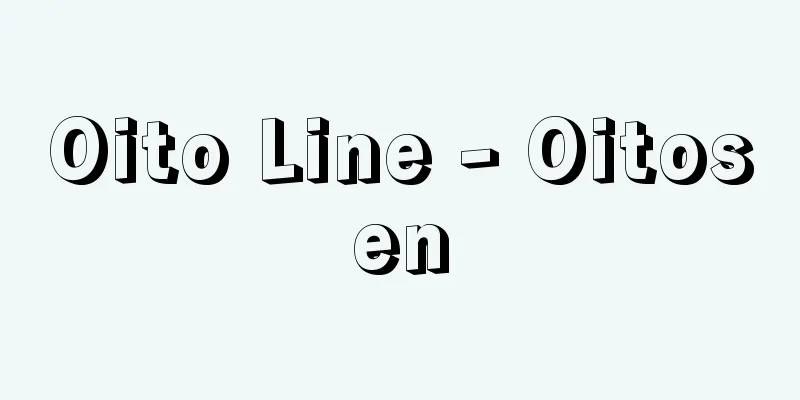Inorganic chemistry - Mukikagaku (English spelling) inorganic chemistry
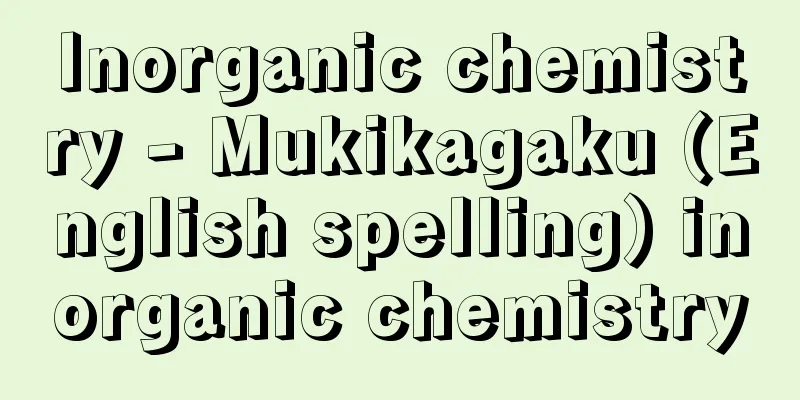
|
Chemistry that deals with all elements and inorganic compounds. It is the opposite of organic chemistry, and is the oldest branch of chemistry. It is now one of the major branches of chemistry, along with organic chemistry, biochemistry, and physical chemistry. [Nakahara Katsunori] Classification - Expanding scopeInorganic chemistry is further classified according to the objects, means, and purposes it deals with, for example, complex chemistry, geochemistry, radiochemistry, mineral chemistry, hot spring chemistry, marine chemistry, crystal chemistry, solid state chemistry, etc. In addition, even if the means and purposes are the same as organic chemistry, there are fields called inorganic physical chemistry, inorganic manufacturing chemistry, inorganic synthetic chemistry, etc. to distinguish them. However, the research subjects of inorganic chemists today are not limited to simple inorganic compounds, but are expanded to include metal ions such as various chelate compounds made of metal ions and organic ligands, metal salts of organic acids, and organometallic compounds with metal-carbon bonds. Organic chemists are also expanding their interests to organometallic compounds made of organic compounds and metals, focusing on organic synthesis, and the boundary between inorganic and organic is no longer clear. These boundary areas are called organometallic chemistry. Even in biochemistry, which mainly deals with chemical reactions in living organisms, there are some areas where a complex chemistry perspective centered on metal ions is becoming important, and the boundary area between inorganic chemistry and biochemistry is also developing rapidly; these areas are known as bioinorganic chemistry. Inorganic chemistry, as a descriptive field that describes and classifies the properties and reactions of many inorganic compounds, had undergone a great deal of development and systematization by the end of the 19th century. However, with the publication of the coordination theory of Swiss A. Werner at the end of the 19th century and the establishment of quantum chemistry in the 20th century, the structure and bonding theory of compounds were established, and structural analysis methods such as X-rays, neutron beams, and electron beams were put to use, leading to active structural research using spectroscopy and other physical methods. In other words, inorganic structural chemistry was the mainstream of inorganic chemistry in the first half of the 20th century. In that sense, the boundary with physical chemistry is also becoming blurred. In the ancient age of alchemy, that is, in the age of Arab chemistry, chemistry was mostly inorganic chemistry, and there were almost no other fields like today. However, from around the 17th or 18th century, it became necessary to distinguish it from organic chemistry, which developed rapidly, and the classification between the two became strongly advocated. Nicholas Lémery (1645-1715) of France in the late 17th century was the first to distinguish inorganic chemistry from organic chemistry, and this distinction was further taken up in the 18th century by Lavoisier and Berzelius of Sweden, who established the distinction. Then, in the early 19th century, Wöhler of Germany synthesized urea, and organic chemistry was established. It is reasonable to say that the name organic chemistry comes from the word "organ," which means living tissue, and that inorganic chemistry means the negation of inorganic chemistry, given this process. [Nakahara Katsunori] "Basic Inorganic Chemistry, revised edition, by John David Lee, translated by Hamaguchi Hiroshi (1979, Tokyo Kagaku Dojin)" ▽ "Huey's Inorganic Chemistry, volumes 1 and 2, translated by Kodama Koji and Nakazawa Hiroshi (1984-1985, Tokyo Kagaku Dojin)" ▽ "Inorganic Chemistry Exercises, by Nakahara Katsumasa (1985, Tokyo Kagaku Dojin)" ▽ "Inorganic Chemistry, volumes 1 and 2, by I.S. Butler and J.F. Harrod, translated by Ogino Hiroshi, Shimoi Mamoru, Tobita Hiromi, and supervised by Ogino Hiroshi (1992, Maruzen)" ▽ "Inorganic Chemistry, revised 7th edition, by Kida Shigeo (1993, Shokabo)" ▽ "Basic Inorganic Chemistry, by Sasaki Yoshinori, Hattori Takeo, Komatsu Masaru, Kakegawa Kazuyuki, and Iwadate Yasuhiko (1997, Asakura Shoten)" ▽ "Basic Inorganic Chemistry, 3rd Edition (1998, Baifukan) by F.A. Cotton, G. Wilkinson, and P.L. Gauss, translated by Nakahara Katsumi" ▽ "Inorganic Chemistry, vols. 1 and 2, 3rd Edition (2001, Tokyo Kagaku Dojin) by D.F. Schreiber, translated by Tamamushi Reita, Sato Gen, and Kakihana Masato" ▽ "Introduction to Inorganic Chemistry, 2nd Edition (2002, Maruzen) by Ogura Kotaro, supervised by Shiokawa Jiro, Matsuda Harukazu, Matsuda Yoshiharu, and Taniguchi Hiroshi" ▽ "Inorganic Chemistry 1 and 2, (2003, Maruzen) by G.L. Miesler and D.A. Tarr, supervised translation by Wakihara Masataka" ▽ "Basic Inorganic Chemistry, (2004, Science-sha) by Hanada Yoshikazu" [References] | | | | | | | chemistry| | | | | | | |Source: Shogakukan Encyclopedia Nipponica About Encyclopedia Nipponica Information | Legend |
|
すべての単体および無機化合物を取り扱う化学。有機化学に対する語で、化学の分野ではもっとも古くから行われ、現在では、有機化学、生物化学、物理化学と並んで大きく分類されるときの一つの部門である。 [中原勝儼] 分類―広がる領域無機化学は、取り扱う対象、手段、目的などによってさらに細かく分類され、たとえば、錯体化学、地球化学、放射化学、鉱物化学、温泉化学、海洋化学、あるいは結晶化学、固体化学などがある。また手段、目的などで、有機化学と共通のものであっても、それを区別するために無機物理化学、無機製造化学、無機合成化学などとよばれる分野もある。ただし、現在の無機化学者の研究対象は単なる無機化合物に限られることなく、金属イオンと有機性配位子とによる各種のキレート化合物、有機酸の金属塩、あるいは金属‐炭素結合を有する有機金属化合物のように、金属イオンを中心として広がり、また有機化学者たちも、有機合成を中心として、有機化合物と金属とからなる有機金属化合物に興味の対象を広げてきており、無機と有機との境界は明確なものではなくなっている。これらの境界領域は有機金属化学といわれている。 また生体における化学反応を主として取り扱う生物化学でも、金属イオンを中心とする錯体化学的な見方が重要になってくる分野もあり、無機化学、生物化学の境界領域も急激に発展しており、これらの領域は生物無機化学とよばれている。 無機化学は、多くの無機化合物の性質、反応などを記載し、分類整理する記述の化学としては、19世紀の終わりごろまでにきわめて多くの発展と体系化をみた。しかし19世紀終わりに発表されたスイスのA・ウェルナーの配位理論や、20世紀に入っての量子化学の成立によって、化合物の構造、結合理論が確立され、さらにX線、中性子線、電子線などの構造解析手段が活用され、分光学その他の物理的な手段によって構造研究が盛んになった。すなわち20世紀前半の無機化学はまさに無機構造化学が主流であるといえる。その意味では物理化学との境界もあいまいになってきているといえる。 古く錬金術の時代、すなわちアラビアの化学時代の化学はほとんどが無機化学で、現代のような他分野はほとんど存在しなかったといってよいが、17ないし18世紀ごろから急速に発展した有機化学との区別をする必要が生じ、これら二つの間の分類が強く主張されるようになった。17世紀後半フランスのレムリーNicholas Lémery(1645―1715)が初めて無機化学と有機化学を区別し、さらにラボアジエやスウェーデンのベルツェリウスらによって18世紀に引き継がれ、その区別が確立されることになった。ついで19世紀前半ドイツのウェーラーの尿素合成に至って有機化学が確立されたといえる。有機化学の名称が生体組織を意味するorganからきたorganic chemistryであり、無機化学がその否定を意味するものであることも、この過程からいって、もっともなことといえよう。 [中原勝儼] 『ジョン・デーヴィッド・リー著、浜口博訳『基礎無機化学』改訂版(1979・東京化学同人)』▽『ヒューイ著、小玉剛二・中沢浩訳『ヒューイ無機化学』上下(1984~1985・東京化学同人)』▽『中原勝儼著『無機化学演習』(1985・東京化学同人)』▽『I・S・バトラー、J・F・ハロッド著、荻野博・下井守・飛田博実訳・荻野博監訳『無機化学』上下(1992・丸善)』▽『木田茂夫著『無機化学』改訂第7版(1993・裳華房)』▽『佐々木義典・服部豪夫・小松優・掛川一幸・岩舘泰彦著『基礎無機化学』(1997・朝倉書店)』▽『F・A・コットン、G・ウィルキンソン、P・L・ガウス著、中原勝儼訳『基礎無機化学』第3版(1998・培風館)』▽『D・F・シュライバー著、玉虫伶太・佐藤弦・垣花真人訳『無機化学』上下・第3版(2001・東京化学同人)』▽『塩川二朗・松田治和・松田好晴・谷口宏監修、小倉興太郎著『無機化学概論』第2版(2002・丸善)』▽『G・L・ミースラー、D・A・タール著、脇原将孝監訳『無機化学1、2』(2003・丸善)』▽『花田禎一著『基礎無機化学』(2004・サイエンス社)』 [参照項目] | | | | | | | | | | | | | | |出典 小学館 日本大百科全書(ニッポニカ)日本大百科全書(ニッポニカ)について 情報 | 凡例 |
<<: Inorganic chemical industry
Recommend
Aksakov, Sergei Timofeevich
Born: October 1, 1791, Ufa Died May 12, 1859. Mosc...
Great Dividing Range
A mountain range that stretches from north to sout...
The Political Economy of Growth
…He studied at universities in Frankfurt, Breslau...
Beverage industry
Beverages are broadly classified into alcoholic an...
Ikko Senju - Ikko Senju
〘Noun〙 = Ikko (Ikko) Senju no Nembutsu (Buddhist c...
Low-price principle
It is an accounting method for valuing inventory a...
Suberin
...The specific gravity is 0.13 to 0.16. The chem...
Civil contempt
…In the UK and the US, contempt of court is divid...
Modern Norwegian - Kindai no Rwego
…It is the official language of the Kingdom of No...
Gatun Locks - Gatunkoumon
" Las esclusas de Gatun " is one of the ...
Turenne (English spelling) Henri de La Tour d'Auvergne, vicomte de Turenne
1611‐75 A French military commander. He was the se...
stochastic music
...In 1972, this project came to fruition as the ...
Aconitum gigas (English spelling)
…[Michio Tamura]. … *Some of the terminology that...
Kiribati - Republic of Kiribati (English spelling)
An archipelago nation scattered across the centra...
Variable time signature
…His style is rooted in the neoclassical style of...
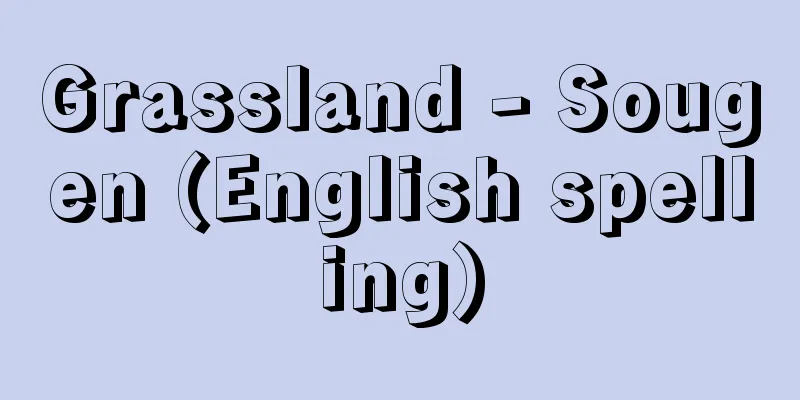
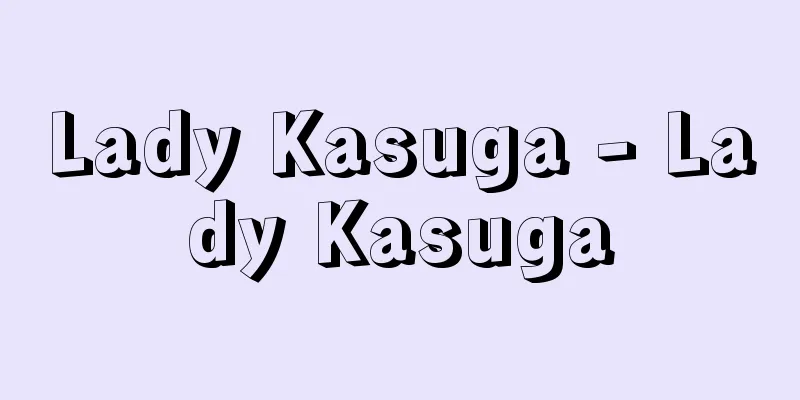


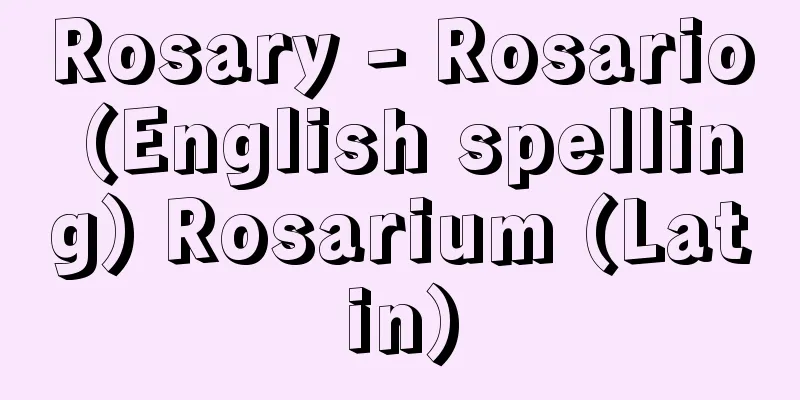

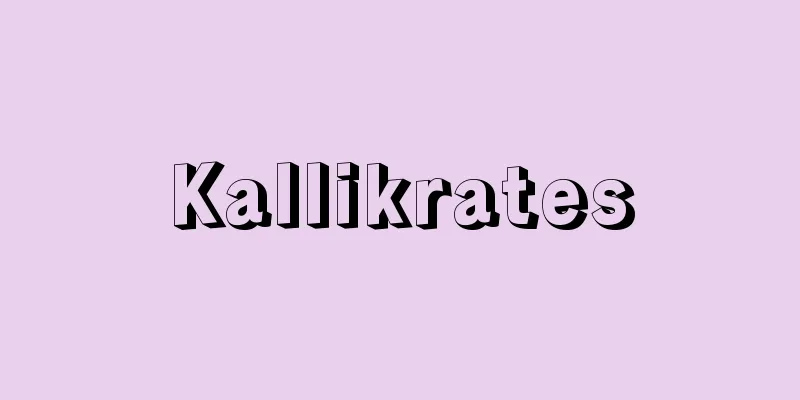
![Gyoda [city] - Gyoda](/upload/images/67cb5ce992d5d.webp)
